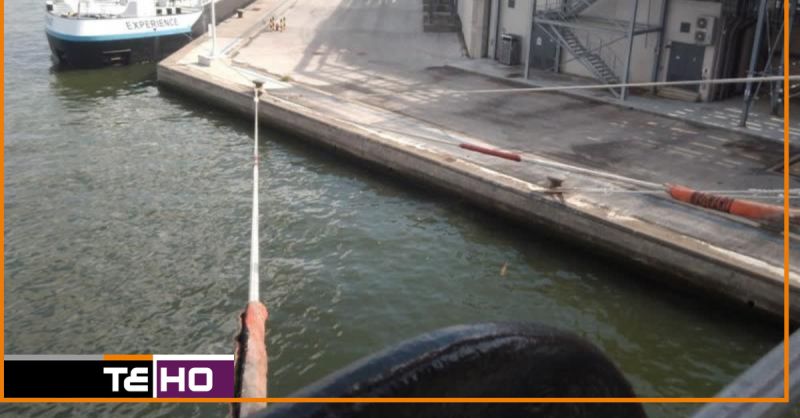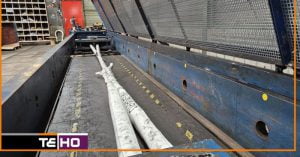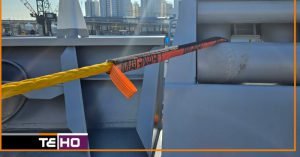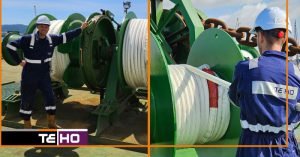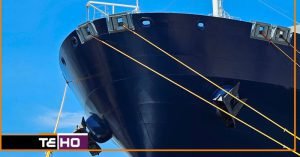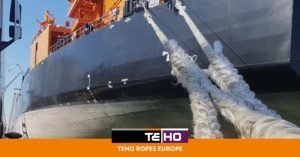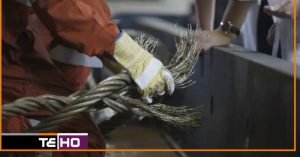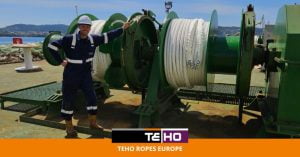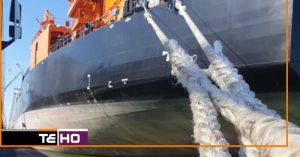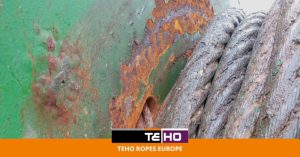Challenges in purchasing mooring ropes
The selection and purchase of mooring ropes are often underestimated, yet they play a vital role in ensuring onboard safety. These ropes are not just simple equipment; they are essential for the stability and security of vessels during mooring operations. Overlooking this crucial step can result in increased safety risks, especially in the challenging and high-stakes maritime environment. Challenges in purchasing mooring ropes Since the introduction of MEG4 (Mooring Equipment Guidelines, 4th Edition), the industry has gained clear guidelines to enhance safety. However, challenges in the purchasing process still persist. Issues such as incorrect enquiries, requests for altered certificate values, or quotes lacking SDMBL (Ship Design Minimum Breaking Load) references are common. These oversights can have serious consequences. Ropes that do not meet the correct specifications can lead to failures during mooring operations, putting crew, cargo, and vessels at risk. Proper purchasing decisions are critical to ensuring compliance and maintaining operational safety. How TEHO Ropes Europe Supports Safe Rope Selection At TEHO Ropes Europe, we are committed to promoting informed decision-making during the purchasing process. By offering guidance aligned with MEG4 standards, we help shipowners, operators, and procurement teams navigate the technical complexities of selecting the right mooring ropes. Our [...]

